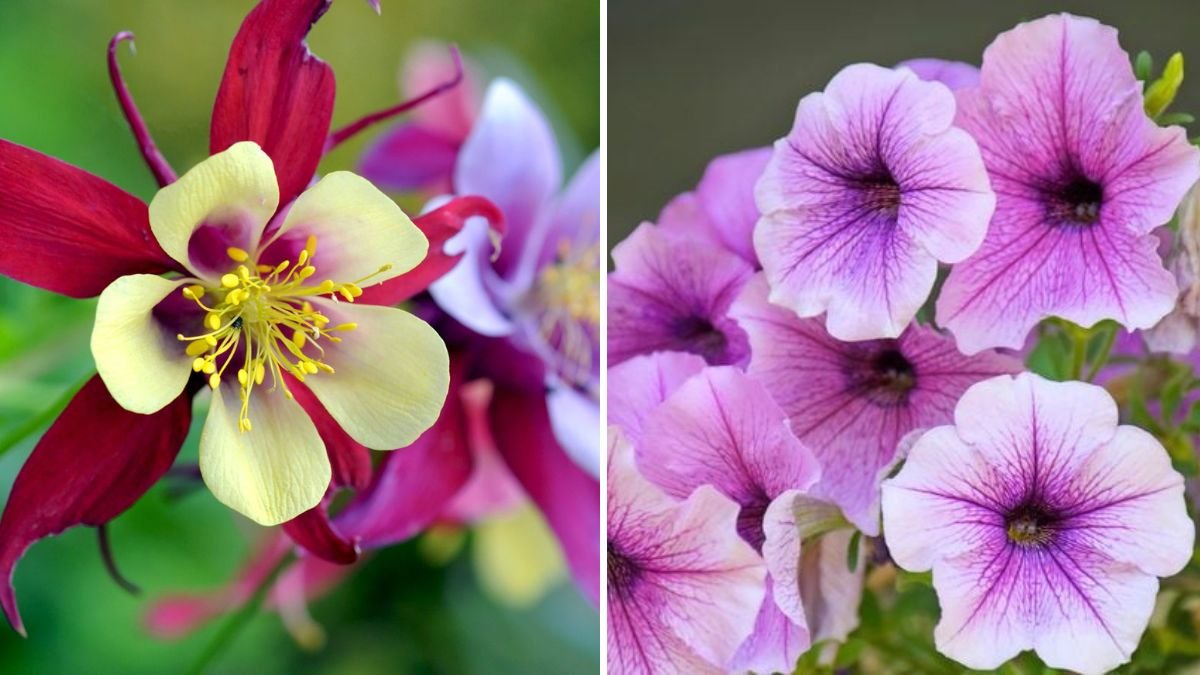A thriving garden is not just about selecting the most beautiful flowers; it’s also about strategic planning and proper spacing. Planting flowers too close together can lead to overcrowding, competition for nutrients, poor air circulation, and disease. Many gardeners make the mistake of cramming popular or visually striking plants into small spaces, only to watch them struggle, fail to bloom, or become diseased. Understanding which flowers should never be grown too close together—and why—can help you create a healthy, vibrant, and long-lasting garden. This article explores five flowers that require careful spacing and provides expert tips for ensuring they flourish.
Understanding the Importance of Proper Flower Spacing
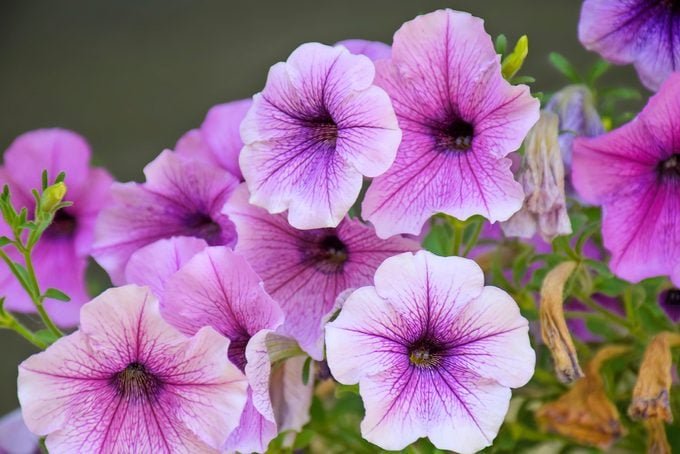
Before diving into specific flowers, it’s important to grasp why spacing matters:
- Air Circulation: Adequate spacing prevents fungal infections and powdery mildew by allowing airflow between plants.
- Nutrient Competition: Closely planted flowers compete for water, sunlight, and nutrients, often resulting in stunted growth.
- Root Crowding: Overcrowded roots can reduce stability and limit the plant’s ability to absorb water and minerals.
- Bloom Quality: Flowers may produce fewer or smaller blooms if they lack space to expand.
- Maintenance Ease: Properly spaced plants are easier to prune, water, and monitor for pests.
Keeping these principles in mind helps gardeners avoid common pitfalls and promotes healthier, more vibrant gardens.
Flower 1: Peonies (Paeonia spp.)
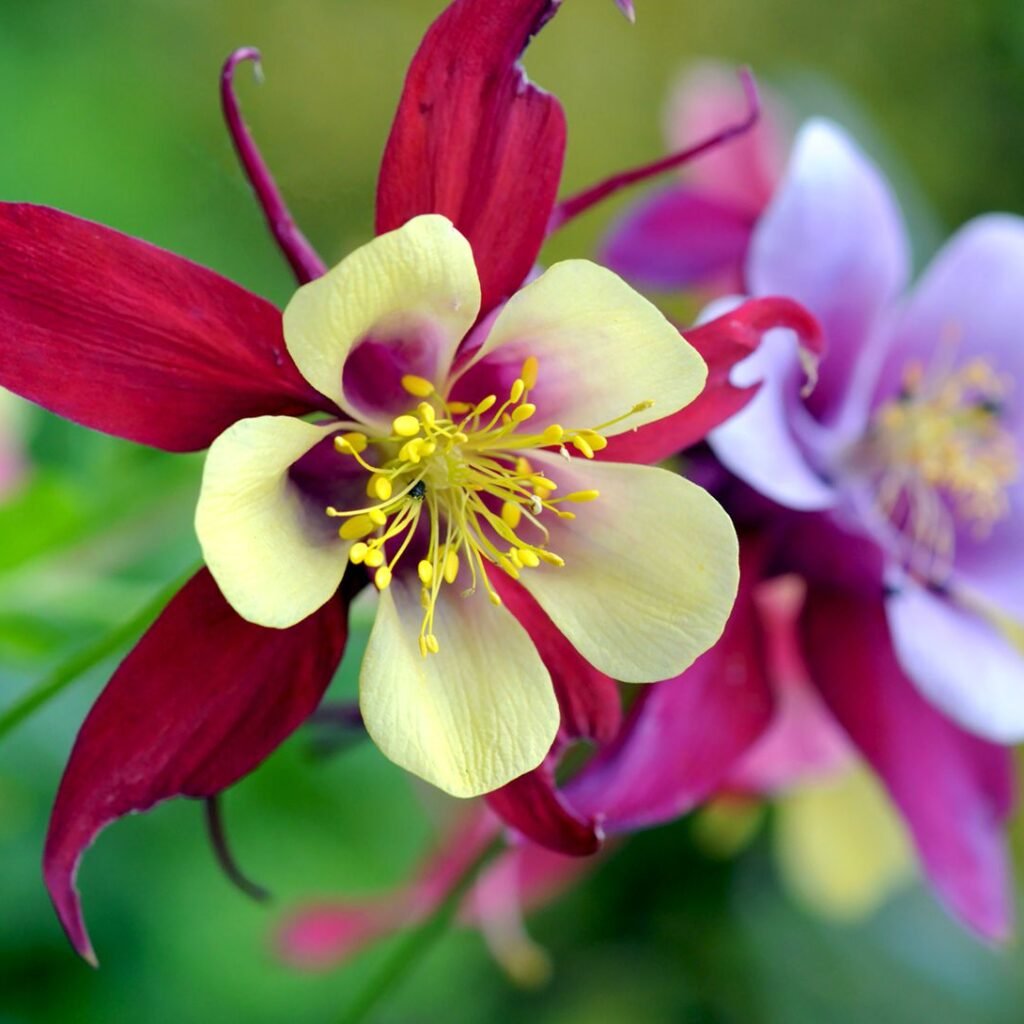
Peonies are beloved perennials known for their large, fragrant blooms and long-lasting flowers.
Why They Shouldn’t Be Planted Too Close:
- Crowded Roots: Peonies have thick, fleshy root systems that require space to expand.
- Airflow Needs: Tight spacing increases the risk of botrytis blight, a fungal disease that affects buds and leaves.
- Reduced Flowering: Competition for nutrients can limit flower size and abundance.
Recommended Spacing:
- Space peonies 3–4 feet apart, depending on the variety.
- Ensure at least 2–3 feet between stems to allow foliage to spread naturally.
Expert Tip:
- Support peony stems with stakes or cages, especially for large, heavy blooms. Adequate spacing prevents stems from bending or flopping onto neighboring plants.
Flower 2: Hydrangeas (Hydrangea spp.)
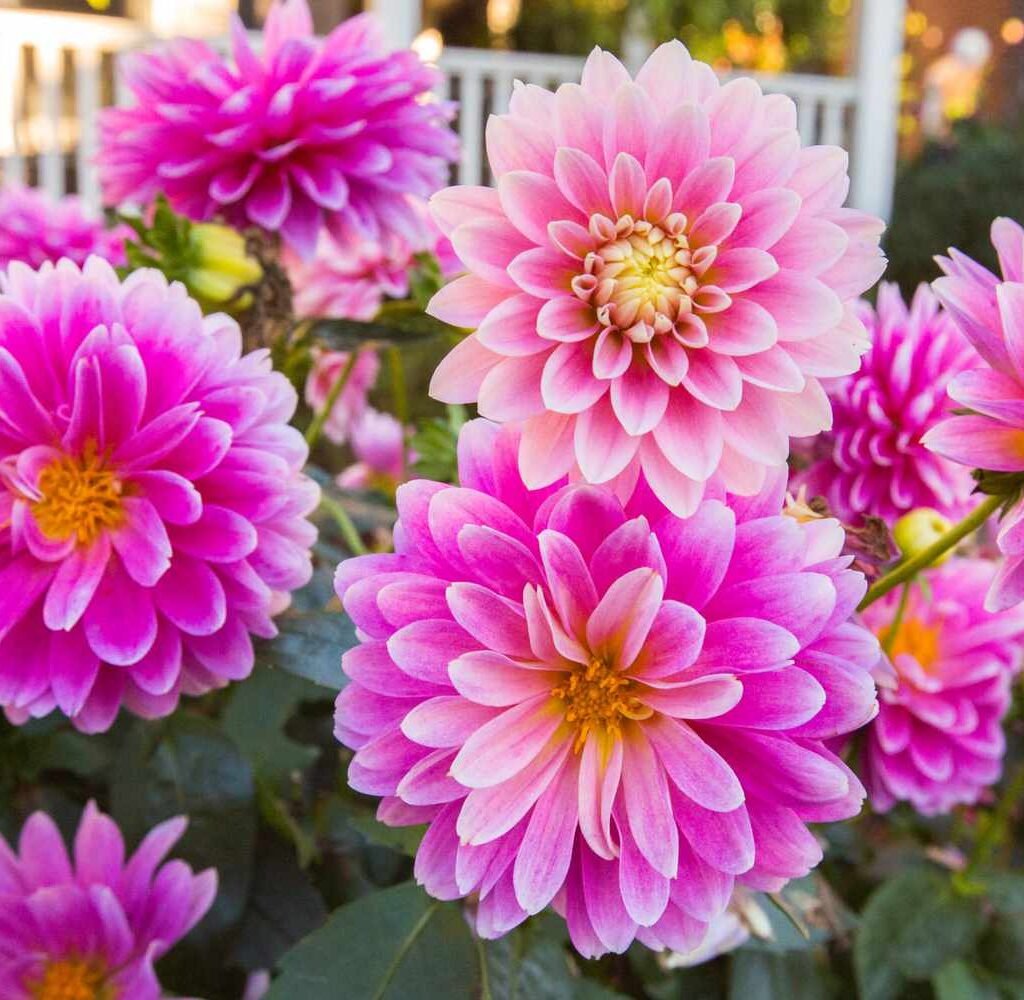
Hydrangeas are stunning shrubs that provide clusters of colorful flowers, ranging from soft pastels to vivid hues.
Why They Shouldn’t Be Planted Too Close:
- Dense Foliage: Hydrangea leaves are large and can block light to adjacent plants if spaced too closely.
- Root Competition: Shallow, fibrous roots compete for nutrients and water.
- Disease Susceptibility: Overcrowded hydrangeas are prone to powdery mildew and leaf spot diseases.
Recommended Spacing:
- Space hydrangeas 3–5 feet apart, depending on the variety.
- Ensure air can circulate freely around the shrub to prevent fungal issues.
Expert Tip:
- Consider the mature size of the hydrangea before planting. Some varieties like ‘Annabelle’ or ‘Limelight’ spread widely and require extra room to thrive.
Flower 3: Roses (Rosa spp.)
Roses are garden classics prized for their fragrance, color variety, and ornamental beauty.
Why They Shouldn’t Be Planted Too Close:
- Air Circulation: Roses are highly susceptible to fungal diseases like black spot and powdery mildew when overcrowded.
- Nutrient Needs: Roses require ample nutrients for continuous blooms, and close planting can reduce flowering.
- Pest Attraction: Dense plantings create hiding spots for aphids, thrips, and other pests.
Recommended Spacing:
- Space hybrid teas and floribundas 2–3 feet apart.
- Larger shrub roses may require 4–5 feet between plants to reach their full potential.
Expert Tip:
- Prune roses regularly to maintain shape and remove crowded stems. Proper pruning enhances airflow, reducing disease risk and encouraging bigger, more vibrant blooms.
Flower 4: Daylilies (Hemerocallis spp.)
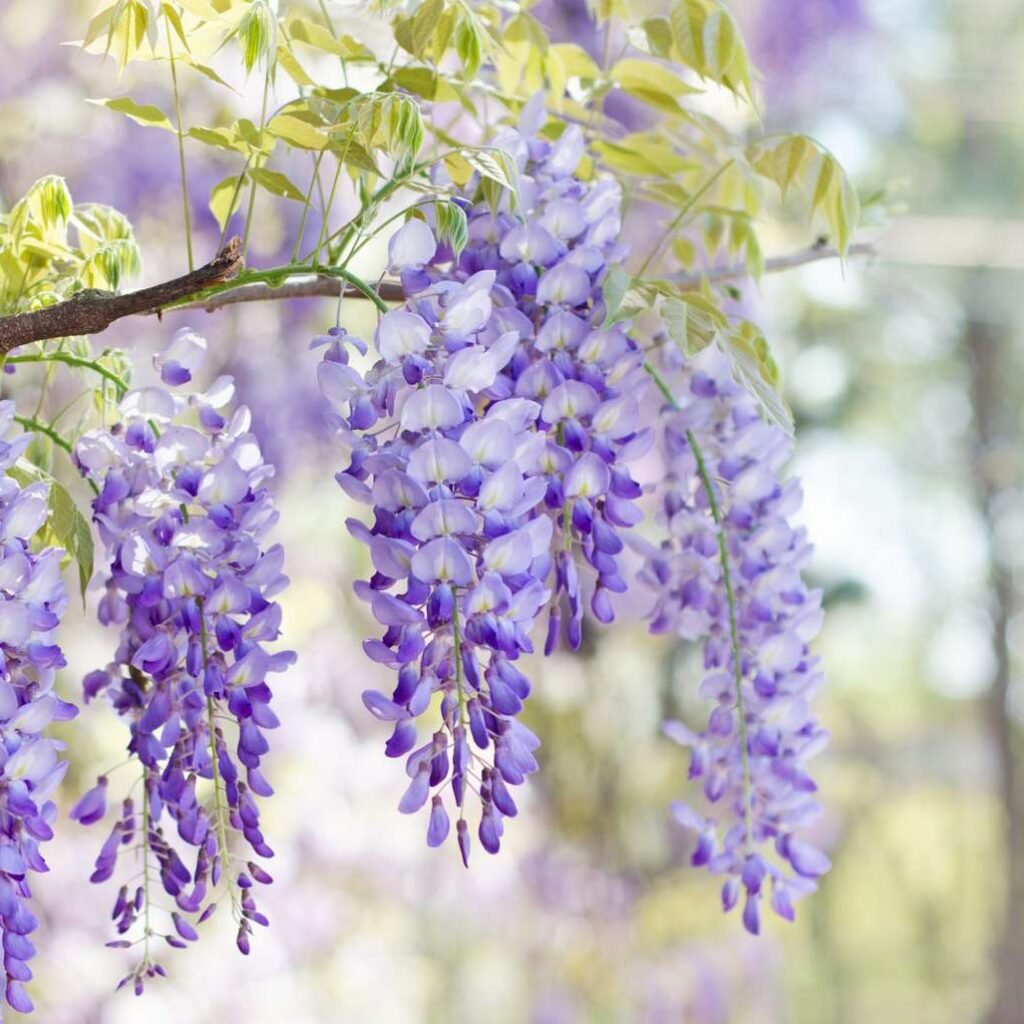
Daylilies are hardy perennials that provide trumpet-shaped blooms, easy maintenance, and adaptability to many climates.
Why They Shouldn’t Be Planted Too Close:
- Dense Clumps: Daylilies naturally form clumps that expand over time, making overcrowding inevitable if initially planted too tightly.
- Nutrient Competition: Roots compete for water and minerals, reducing flower size and quantity.
- Reduced Airflow: Tight spacing encourages fungal infections and slows growth.
Recommended Spacing:
- Space daylilies 18–24 inches apart, depending on variety.
- Consider how large the clump will become in 3–5 years.
Expert Tip:
- Divide daylilies every 3–4 years to prevent overcrowding, rejuvenate blooms, and maintain plant health.
Flower 5: Lavender (Lavandula spp.)
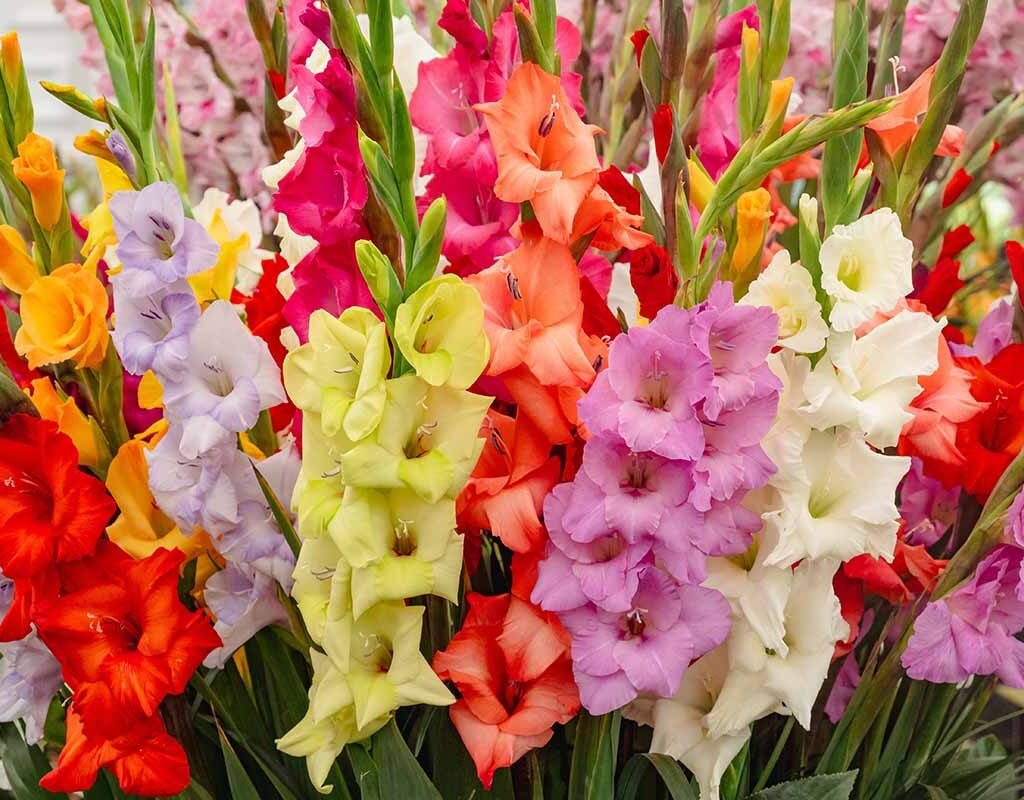
Lavender is prized for aromatic foliage, pollinator attraction, and vibrant purple flowers.
Why They Shouldn’t Be Planted Too Close:
- Air Circulation: Lavender is prone to root rot and fungal infections in damp, crowded conditions.
- Sunlight Needs: Close plantings can shade neighboring lavender, reducing flowering and fragrance.
- Root Space: Limited root room stunts growth and bloom production.
Recommended Spacing:
- Space lavender plants 18–24 inches apart for small varieties and 2–3 feet for larger varieties.
- Ensure well-draining soil and full sun exposure.
Expert Tip:
- Prune lavender annually to maintain shape, encourage bushy growth, and prevent woody stems that limit flowering.
General Guidelines for Proper Flower Spacing
To avoid overcrowding and ensure optimal growth:
- Consider Mature Size: Always plant based on how large the flower or shrub will grow at maturity, not just its current size.
- Allow Airflow: Space plants to allow air to circulate, reducing the risk of fungal infections.
- Prevent Root Competition: Ensure enough soil volume for root expansion, especially for perennials.
- Plan for Maintenance: Adequate spacing makes weeding, watering, fertilizing, and pruning easier.
- Combine with Companion Plants: Pair flowers with different heights and bloom times to maximize space without overcrowding.
- Use Visual Markers: Mark planting spots before digging to ensure accurate spacing and prevent accidental crowding.
Consequences of Overcrowding Flowers
Planting flowers too close together can cause several issues:
- Reduced Flower Size and Quantity: Crowded plants compete for sunlight and nutrients, resulting in smaller, fewer blooms.
- Increased Disease Risk: Poor airflow and shaded conditions encourage fungal infections and mildew.
- Pest Infestations: Dense foliage creates hiding spots for pests.
- Stunted Growth: Plants may fail to reach their full height and spread.
- Maintenance Difficulties: Crowded beds are harder to prune, water, and care for.
Understanding these consequences reinforces the importance of planning your garden layout carefully.
Conclusion
Proper spacing is essential for a healthy, thriving garden. Peonies, hydrangeas, roses, daylilies, and lavender are all plants that require adequate room to grow, spread, and flourish. Planting them too close together can lead to competition for nutrients, poor air circulation, disease, and reduced blooms. By considering the mature size of each plant, allowing sufficient airflow, and following spacing guidelines, gardeners can cultivate beautiful, long-lasting flower beds that are healthy, vibrant, and easy to maintain.
By avoiding these common mistakes and planning thoughtfully, your garden can flourish with abundant blooms, lush foliage, and a balanced ecosystem that keeps plants thriving year after year. Proper spacing transforms a crowded patch of flowers into a harmonious, visually stunning garden space.
